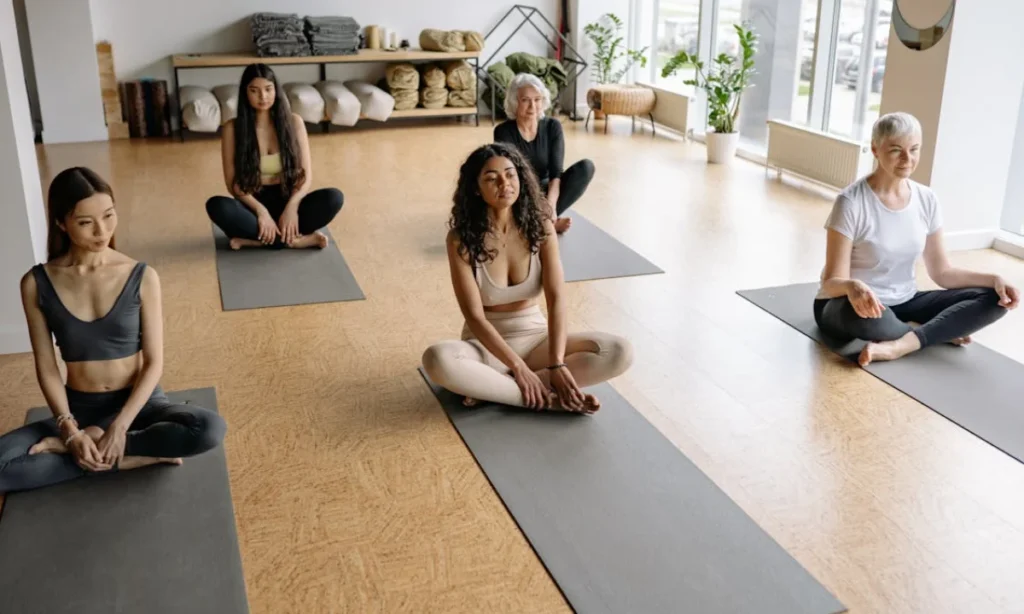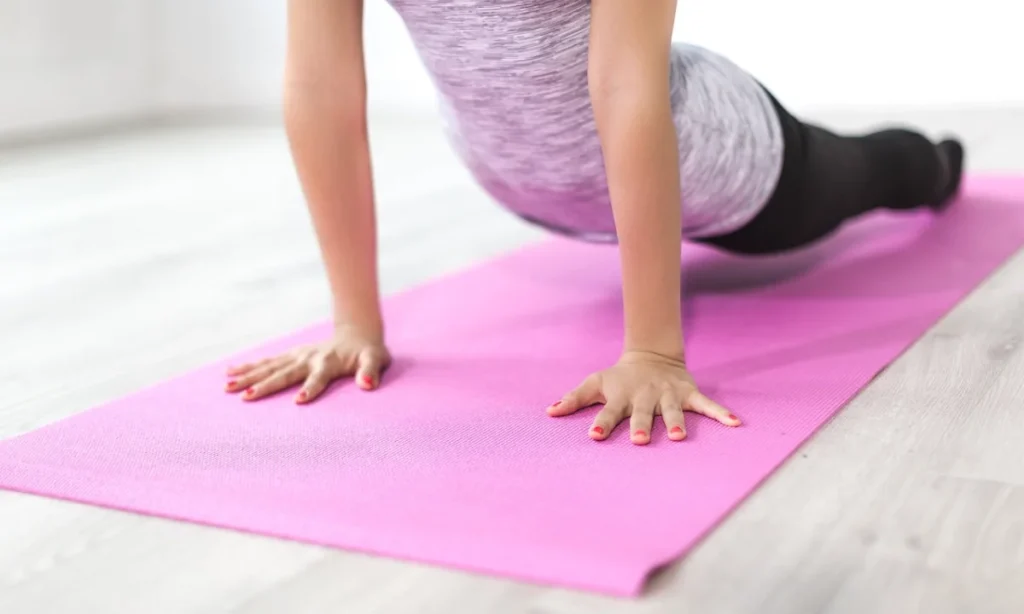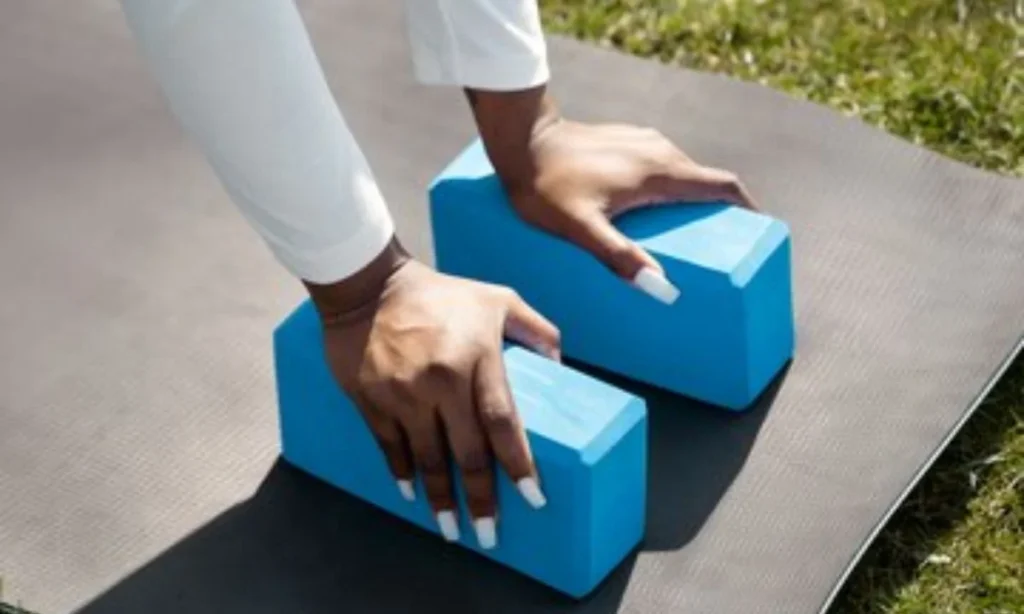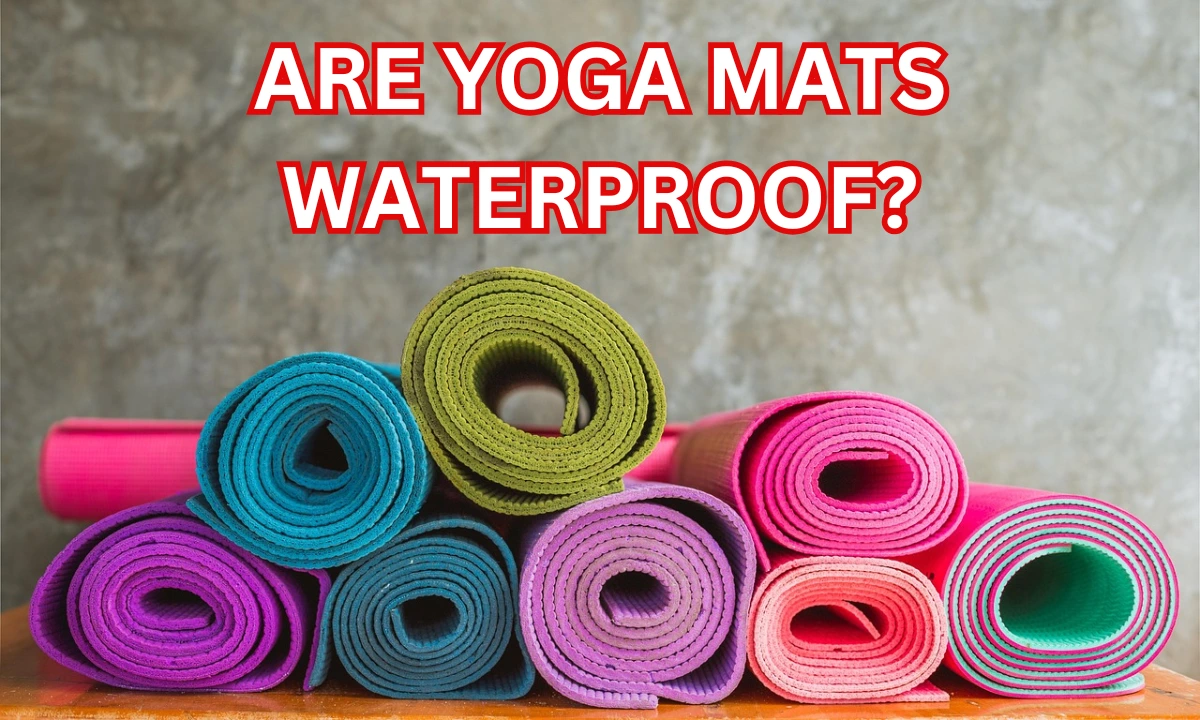“Are yoga mats waterproof? Discover 5 innovative types designed for durability, comfort, and sweat resistance to enhance your yoga practice.”
Introduction
The most basic equipment that specific practitioners use is a yoga mat, which serves as the surface used in a myriad of stances. However, their water resistance is always determined by the material used to construct these products. Based on this, the article will explain if yoga mats are waterproof and how varied materials behave.
Are yoga mats waterproof?
It is important to note that although some yoga mats are not fully waterproof, most are water-resistant. The difference is between water being unable to penetrate the material or being absorbed. A waterproof mat would mean that it cannot allow any water to seep into the surface of the mat. While a water-resistant mat can only allow some amount of water to come in touch with the surface of the mat, it will only allow water to seep in after some time.

Different Kinds of Yoga Mats
To understand how materials perform in water, this topic defines what materials are and their water resistance.
PVC Mats
Water Resistance: PVC (polyvinyl chloride) mats can be considered to be waterproof since their structure is based on a set of closed cells. Also, the absence of moisture penetration into the mat can be prevented, making them perfect for sweaty practices or even hot yoga.
Durability: These mats are durable, but the environmental drawbacks are inherent since the mats are non-biodegradable.
Natural Rubber Mats
Water Absorption: Natural rubber mats are generally of an open cell structure that makes them highly absorbent. They offer a good grip and might absorb sweat and therefore should be washed often so that germs and bacteria will not build up.
Durability: These mats are biodegradable and manufactured from natural and renewable sources, factors that make them preferred by many yogis who are conscious of the environment.
- How to Cancel My Planet Fitness Membership in 2025
- How many calories should I eat to lose weight?
- How many mental health professionals are in the US?
- Skin Care During Winter: 7 Essential Tips to Keep Your Skin Healthy
- How did Elon Musk lose weight so fast? 5 Secrets – You Won’t Believe What He Did!
- How Does Weight Loss Affect Your Face? 6 Unexpected Effects
- Does Baking Soda Kill Dandruff? 5 Proven Methods Explained
- Which Yoga Is Best for Beginners? 6 Easy Poses to Start With
- Are Exercise Bikes Bad for Your Knees? Experts Reveal 3 Insights
- Are Workout Apps Worth It? 5 Unexpected Benefits Revealed
- Can You Repair Hair Follicles? Discover the 5 Best Treatments
- How many yoga studios in the US? Shocking Fact – 42,000+ Studios
- Does oily skin age slower? 3 Shocking Signs
- How Dry Skin Can Be Cured? 4 Proven Ways
- Why do I have oily skin all of sudden? 9 Unexpected Causes
Polyurethane (PU) Mats
Waterproof Properties: These are the mats that don’t soak up either sweat or water. They are also not slippery, which makes them suitable for hot yoga or any intense practice such as Ashtanga yoga feared by yogis.

Durability: PU is wear-resistant and very durable, thus it may require a long period of service despite frequent usage.
Cork Mats
Moisture Resistance: Cork is anti-microbial by nature and can afford a certain degree of protection against moisture. It is slightly susceptible to water and may develop spots of grease or seepage of water underneath the surface if not often activated.
Durability: Cork mats are some of the best for the environment because they are environmentally friendly and biodegradable.
Microfiber-Top Mats:
Water Absorption: So those mats that have a microfiber upper facing are good for absorbing sweat during intensive routines such as hot yoga. Though this is somewhat helpful in maintaining a firm grip, especially when your hand is sweaty. This comes hand in hand with the need to wash them frequently because of odor and bacterial growth.
Considerations for Waterproofing
While waterproofing, a lot of aspects need to be considered.
Closed-cell versus open-cell structure: Because moisture cannot pass through the cell surface, dense, non-porous cell mats, like PVC ones, have superior water resistance. Although a rubber open-cell mat may contain more water, it has a higher coefficient of friction.

Cleaning and upkeep: wiping or washing with waterproof or water-resistant mats is always simpler than washing away materials that have a tendency to retain a lot of water.
Use Environment: Practices like hot yoga, water resistance, or a waterproof mat are crucial when practicing outside or in scenarios where pretend play is possible.
Conclusion
The majority of yoga mats include some measure of water resistance; however, none of them are waterproof unless perhaps when the mat has been designed precisely for aquatic yoga (i.e., a PU mat). Among all, PVC and PU mats are the most waterproof. However, natural rubber and cork mats could be fully absorbent, so they need to be treated properly. Choosing the perfect yoga mat depends on your choice, where you use it, and whether you like cleaning it.
What happens if a yoga mat gets wet?
In its worst state, when a yoga mat becomes wet, one’s practice on it becomes slippery, hence not favorable. It needs to be dried properly to prolong the life of the microwave, as well as have other proper use instructions mentioned earlier in this article.
Do yoga mats absorb water?
Absolutely, many famous yoga mats, such as those made from natural rubber or microfiber, use water absorption. If not cleaned appropriately, these mats can develop bacteria and cause unpleasant smells.
Can I use a yoga mat in the shower?
A yoga mat should not be used inside the shower. Because mats are made for temporarily absorbing liquids, they cannot sit on wet surfaces without deteriorating their material.

